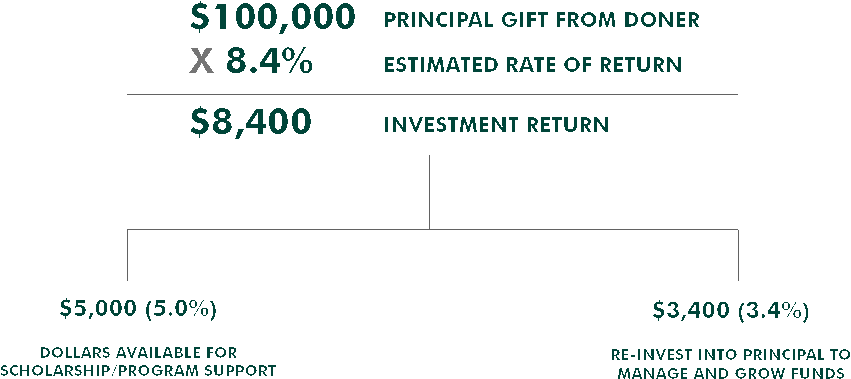Endowments What are they and how do they work
Post on: 5 Июнь, 2015 No Comment

Endowments & Divestment
An endowment is a fund that holds its principal in perpetuity and only pays out a small portion, about 4 to 5 percent per year, that goes to campus operations and programs. Endowment investments have dual goals: to grow the principal and to generate income. Institutions invest in funds and companies that they feel will be successful and turn a profit, investments that are intended to contribute to both the growth of the principal and the income generated by the endowment.
Colleges and universities are substantial investors, with combined endowment assets estimated at more than $400 billion in the United States alone.
Traditionally, endowments seek investments that are are considered highly profitable as means to grow their endowment, even if some of those investments may be unethical or morally ambiguous. These investments, known as “sin stocks,” include investments in companies that are related to alcohol, weapons, tobacco, and pornography. But considering the damage that fossil fuel extraction, transportation, combustion, and disposal wreaks on human health and the environment, there are few things more sinful than fossil fuels.

Divestment campaigns focus on the endowment, as that is where majority of the university’s funds are invested. However, finding out just what an endowment is actually invested in is not an easy job. Most institutions keep such information, like what companies they are invested in and what guiding policies are in place to select future investments, a secret.
The endowment’s fund managers (and the universities that oversee them) often insist that their investments are highly sensitive financial decisions and valuable “trade secrets.” They claim that such information cannot and should not be shared with the greater public, and even sometimes the direct campus community. For the majority of these campuses, the only people who know what exactly the endowment is invested in are high-ranking university officials and their financial professionals.
As institutions of higher learning, universities have a responsibility not only to their own campus, but to the greater community around them. Should growing the value of a school’s endowment be more important than the health of the hundreds of thousands of people who suffer from fossil fuel-related illnesses? More important than curbing runaway climate change, the biggest threat to our generation’s futures? Where endowments are concerned, it is time for universities, and the endowments that they represent, to practice what they preach.














